This is a series of photos I have done to promote a local business – Idris Ski, a Chamonix valley based hand-built eco-friendly ski manufacturer.
From start to finish, Tom has sourced and built his skis in the most eco-friendly way possible, while retaining high performance. He makes a line of free ride as well as piste skis. His wife Kiyoko helps with fine details and finishing, and gives input to the ski design and oversight to the marketing process. They are a great team and make a great product.
Tom Greenall is someone I have known practically since moving to Chamonix many years back and is a wonderful example of someone who has taken his natural passion and turned it into his livelihood. He built some of his first prototype eco-friendly skis while staying as a room mate with us in Chalet Kobi many years back, so I have been able to observe the development of the product first-hand.
I have always admired Tom’s keen knowledge of all things related to mechanical engineering (his school degree), and his absolute passion for all things ski.Tom makes a point of skiing somewhere at least one day on every month of the year, writes blogs on skiing and is a regular on the Aiguille du Midi lift in Chamonix all year-round.
Combine all this with natural tenacity and an absolute commitment to build the most eco-friendly product possible, and you have an Idris Ski.
Tom has come a long way since those initial days past with prototypes built in the garage, and his Idris skis are really now things of beauty in addition to being a well-performing ski.
I was very happy to photograph and video parts of his hand-built ski manufacturing and ski testing process. And of course, to test his product myself !
Is this a good time to mention that my site is hosted on Fat Cow, a green100% wind-powered web host ?? 😉 It is.


 Français
Français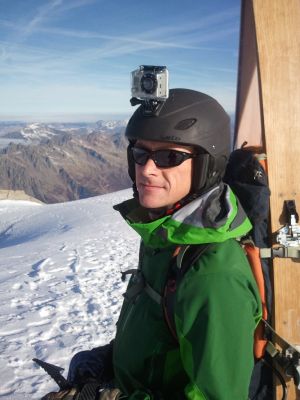
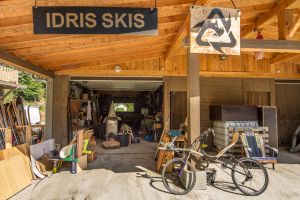
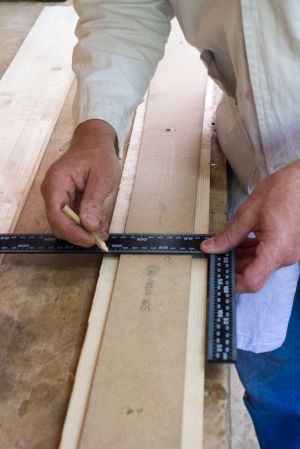
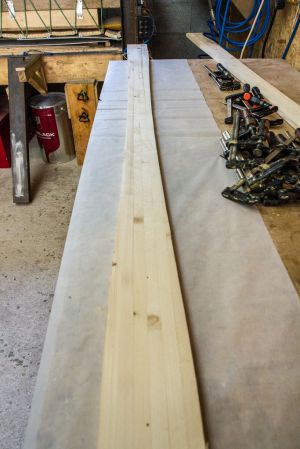
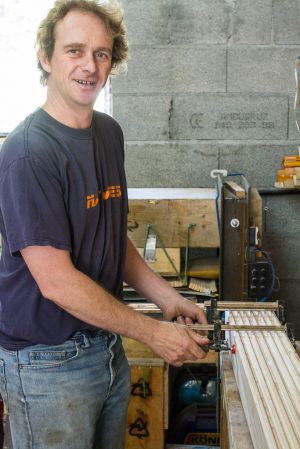
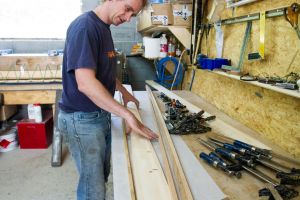
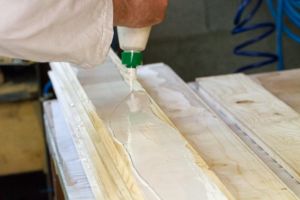
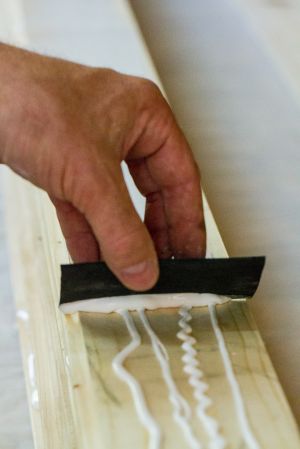
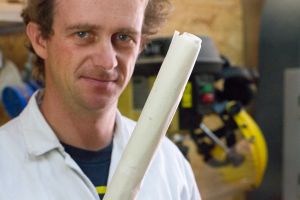



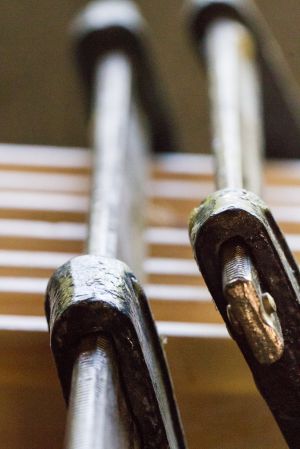
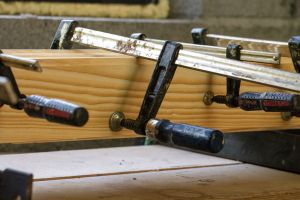
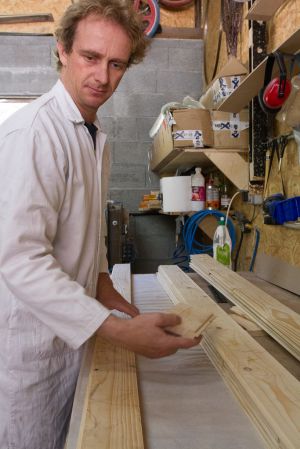

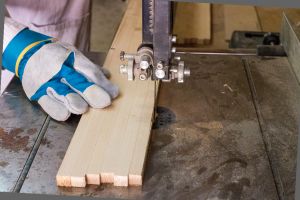
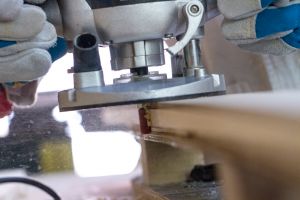
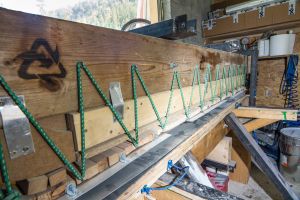
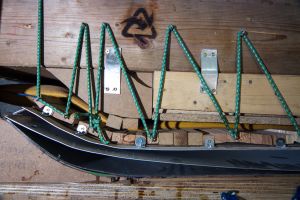

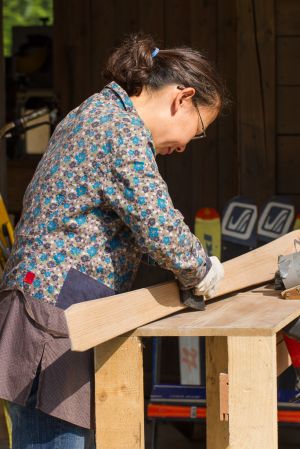
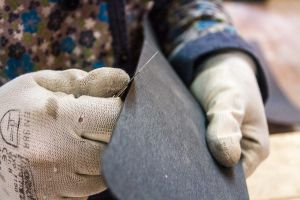
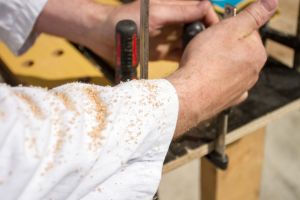



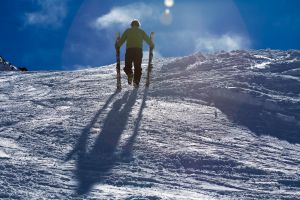
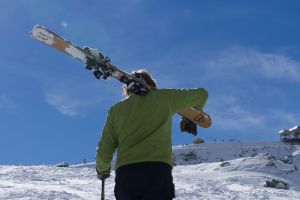
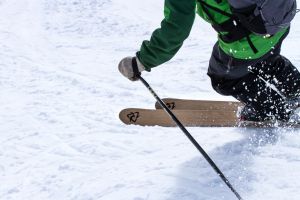
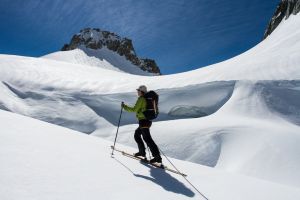




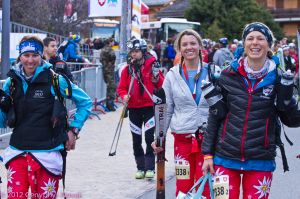
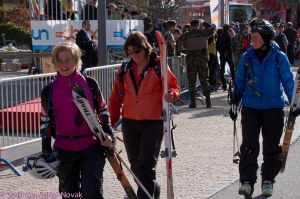
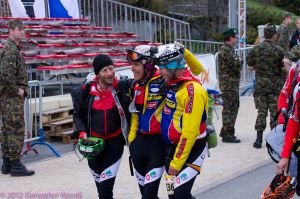
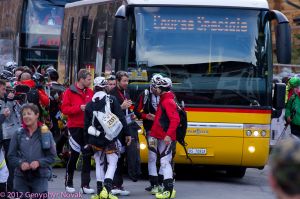
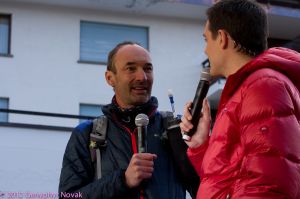




 Projection of the amazing photography of Pascal Tournaire at the Maison de l'Alpage in Servoz at 19h tomorrow -...
Projection of the amazing photography of Pascal Tournaire at the Maison de l'Alpage in Servoz at 19h tomorrow -...